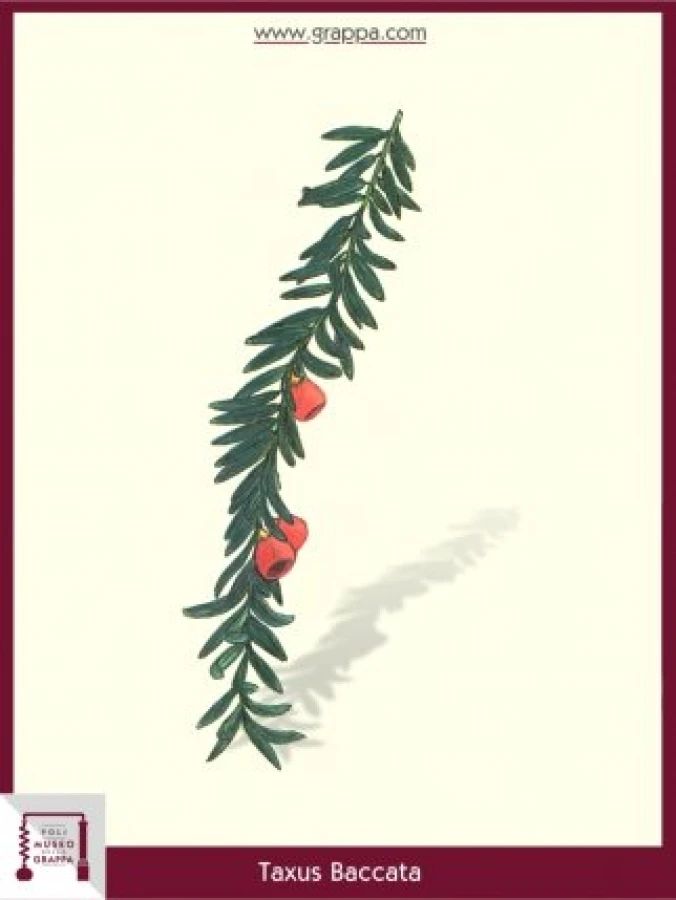The tree of death
English yew, European yew
The tree of death
Plant:
English yew, European yew
Plant Part:
fruit
Plant Properties:
expectorant, nerve-strengthening, stimulates blood flow, antispasmodic, antitumoral, spasmolytic, cardiotonic, diaphoretic
Description:
The tree of death, with the scientific name Taxus Bacata L., is a conifer which grows very slowly and can reach an incredible size in old age.
For this reason, he was also seen as a symbol of strength and resistance, possibly due to his wood, which is very hard and very fine, and was therefore used for the production of arcs and arrows.
This last aspect induced ancient populations to call this plant "tree of death"; But the history of the English yew (Taxus) is tied to many other sinister aspects.
The pagan faith assumes that this tree was avoided by the devil, so that they were planted in cemeteries to protect the dead persons from him. Testimonies of Teofasto and Galen speak of terrible poisoning, caused by its fruits, and even of death horses which were fed with it.
Discoride later described the so-called "cold symptoms" and death by suffocation of those who had eaten their berries.
According to Pliny, the smoke of the burnt wood seemed to provoke a feared lead poisoning, which was used for the disinfection of mice. The conviction of the deadly poison of the plant was so widespread that even the wine that had been stored in barrels of English yew wood was disposed of.
Partly because of the fact that the leaves, branches, and above all the seeds contain an alkaloid called Taxina, with intense narcotic effect.
To flavor a Grappa with the English yew at this point seems a risky undertaking.
However, only the non-poisonous part of the plant is sufficient: the arillus or the sheath, which partially surrounds the seed.
A not so easy task, which requires a lot of patience, as the fruits must be cleaned completely from the toxic residues.
Ingredients:
- 2 Handful ripe fruits of English yew
- 1 liter of Grappa
Preparation:
Two handful ripe bright red and well cleaned fruits are placed for three months in a liter of Grappa in a sunny place, which should be shaken from time to time.
The filtration process is quite difficult due to the syrup-like consistency of the distillate; With the necessary patience and attention, to filter every time only a part of the Grappa, avoiding oxidation in the air, you can get a good result.
It should be enough to leave the Grappa in a light-protected place for three months to obtain a distillate with very dense liquid, almost colorless and with a sweet and delicate taste.


